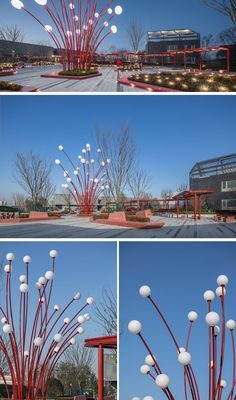Building an interactive virtual chamber orchestra

Building an interactive virtual chamber orchestra stands at the crossroads of technology and classical music, a space where innovation and tradition converge. At its core, the idea is to allow musicians to remotely collaborate in real time or with sophisticated simulations, producing the cohesive and emotionally resonant performances characteristic of a live ensemble.
The creation of such a chamber orchestra entails meticulous planning, design, and execution involving a multidisciplinary team skilled in software development, audio engineering, music theory, and performance. The process begins with assembling a digital interface that can be used to simulate the positions and contributions of individual musicians within an ensemble. Custom software applications can enable each performer to input their playing or control virtual instruments, effectively bridging distances and creating a unified auditory experience.
Central to constructing this virtual sonic world is the accurate reproduction of acoustic environments—an endeavor requiring advanced recording techniques and sound engineering. High-quality microphones and room modeling technologies are deployed to capture and emulate authentic chamber music conditions that reflect characteristics such as reverb, echo, and the unique timber of each instrument involved.
Moreover, interactivity is critical in this digital realm. By utilizing low-latency transmission technologies for live sessions or AI-driven algorithms for simulated performances, individual players can interact as if they were together in the same room. This may involve complex time synchronization protocols to ensure that all inputs from different locations seamlessly integrate into one harmonious output.
In addition to the performative aspects, the platform should also offer educational features that allow users to explore different parts of the repertoire or even conduct the virtual ensemble themselves. This could potentially revolutionize musical instruction by providing learners with insights into conducting patterns, balance adjustment between sections of the orchestra, and aesthetic cohesion in ensemble playing.
To capture a wider audience, gamification elements like challenges, achievements, and scoreboards can further enhance engagement with classical music. This also has promotional benefits for artists by allowing them direct interaction with listeners through virtual concerts or masterclasses.
Once fully realized, a virtual chamber orchestra would not only break down geographical barriers amongst musicians but also democratize access to high-caliber classical music experiences for audiences worldwide. It presents an innovative platform that maintains the essence of a traditional chamber orchestra while forging ahead into new realms made possible by contemporary technology.






